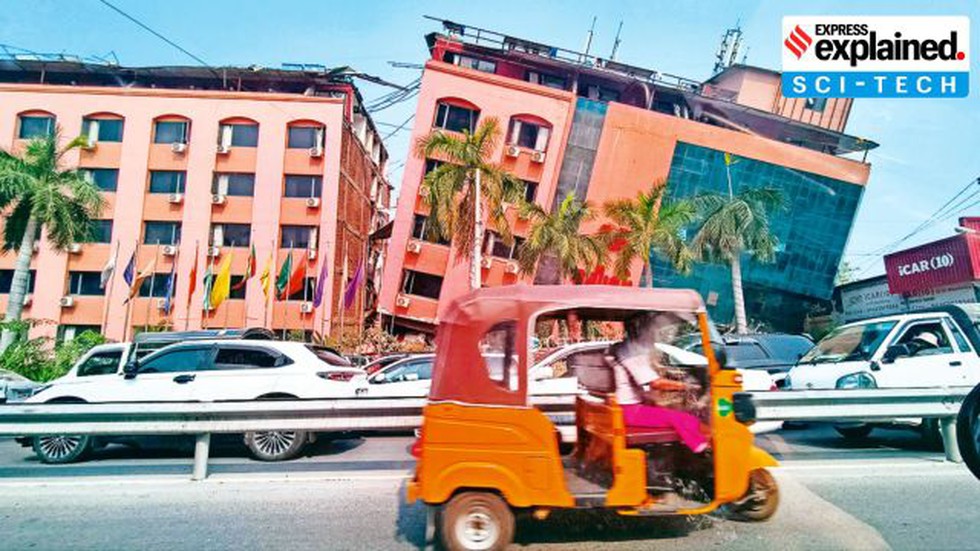About Earthquakes
- Earthquake: Sudden shaking or trembling of the Earth's surface due to the release of stored energy in the Earth's crust or upper mantle.
- Focus (Hypocentre): The point within the Earth where the earthquake originates.
- Epicentre: The point on the surface directly above the focus.
- Seismograph: An instrument used to detect and measure
- Isoseismic line: A line connecting points on the surface experiencing the same intensity.
Types of Seismic Waves
|
Type
|
Description
|
Speed
|
|
Primary (P) Waves
|
Fastest, travel through solids, liquids, and gases
|
Fastest
|
|
Secondary (S) Waves
|
Travel through solids only, cause more damage
|
Slower than P-waves
|
|
Surface Waves
|
Slowest, cause maximum destruction
|
Slowest
|
Causes of Earthquakes
- Fault zones: Most earthquakes occur along fault lines, where stress builds up due to tectonic movements.
- Major faults:
- Thrust faults (Convergent boundary) → Most powerful quakes (Magnitude 8+).
- Strike-slip faults (Transform boundary) → Horizontal movement (e.g., Sagaing Fault, San Andreas Fault).
- Normal faults (Divergent boundary) → Less intense quakes (Magnitude <7).
- Plate Tectonics: Tectonic movement at plate boundaries can trigger earthquakes:
- Convergent Boundaries → Subduction zones, causing megathrust earthquakes (e.g., 2004 Indian Ocean earthquake).
- Divergent Boundaries → Spreading ridges generate mild earthquakes.
- Transform Boundaries → Horizontal movement of plates leads to strike-slip earthquakes (e.g., Sagaing Fault, San Andreas Fault).
- Volcanic activity: Magma movement inside volcanoes can cause volcanic earthquakes.
- Myanmar has active volcanoes, contributing to seismic activity.
- Human-induced earthquakes: Mining, dam construction, and deep drilling can trigger artificial seismic activity.
Why Does Myanmar Experience Frequent Earthquakes?
- Tectonic Setting: Myanmar lies at the junction of three major tectonic plates:
- Indian Plate (moving northward)
- Eurasian Plate (moving southward)
- Burma Microplate (moving eastward)
- The Sagaing Fault, a strike-slip fault, runs north-south through central Myanmar, making it highly prone to seismic activity.
